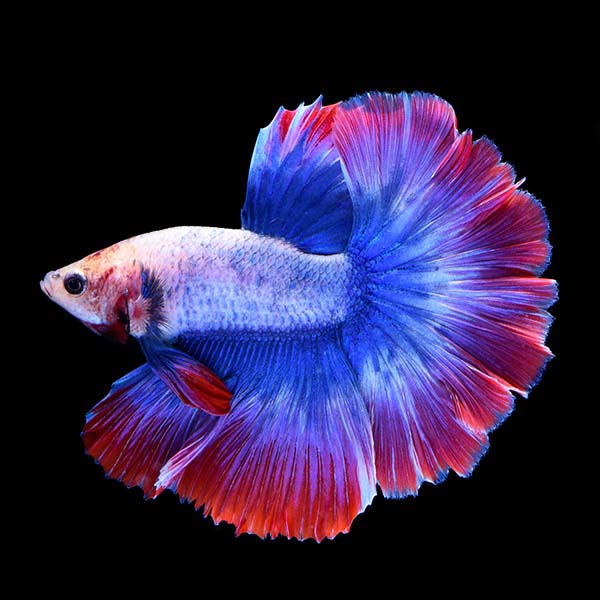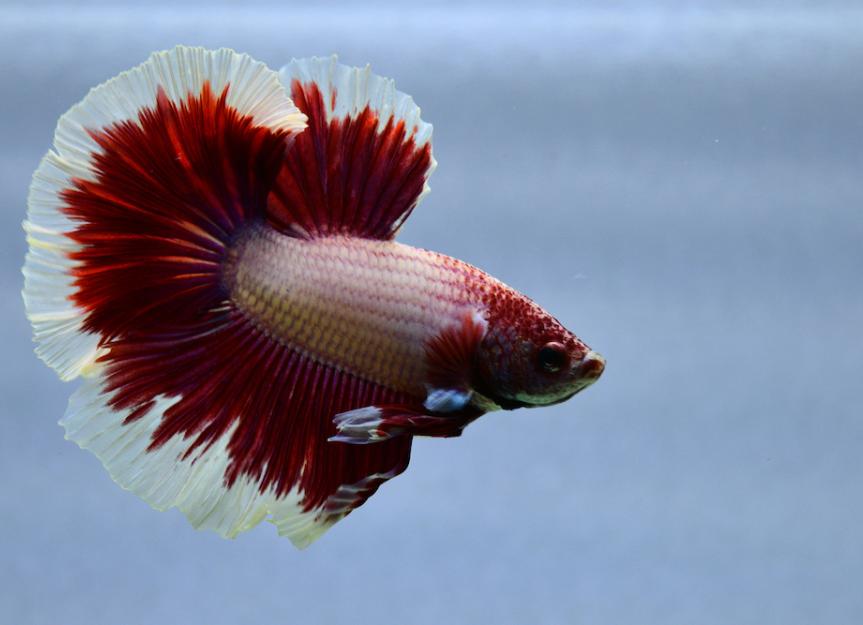Just How to Present Betta Fish to an Area Storage Tank Safely
Just How to Present Betta Fish to an Area Storage Tank Safely
Blog Article
Just How to Reproduce Betta Fish Successfully: Specialist Strategies and Insights for Hobbyists Aiming To Increase Their Betta Collection
Reproducing Betta fish needs a nuanced understanding of genes and environmental conditions, making it necessary for enthusiasts to come close to the process with both diligence and care. Creating an optimal reproduction atmosphere, picking the appropriate pairs, and observing the intricacies of their courtship behaviors are foundational actions that can significantly impact the result. Additionally, the subsequent treatment of the fry is crucial for guaranteeing their healthy growth. As we explore these vital parts, it ends up being clear that effective reproduction is not practically the initial pairing yet includes a broader method that merits careful consideration.
Comprehending Betta Fish Genes
Understanding the genetics of Betta fish is critical for successful reproduction, as it affects qualities such as color, fin shape, and behavior. Betta fish display a varied range of shades and patterns, mainly identified by their hereditary makeup. The primary genes in charge of pigmentation consist of the "B" genetics for blue, "D" gene for red, and the "C" gene for color strength. Dog breeders can manipulate these attributes by choosing details moms and dad fish that display preferred characteristics.
In enhancement to coloration, fin morphology is an additional considerable element of Betta genes (betta fish). The form and dimension of fins are affected by numerous genes, consisting of those that establish whether the fins are short, long, or veil-shaped. Understanding these hereditary variations assists dog breeders anticipate the phenotypic results of their spawn
In addition, behavior characteristics such as aggressiveness and territoriality can additionally be affected by genes. These actions play a crucial duty in the reproducing procedure, as they can impact spawning success and the overall temperament of the resulting fry. By thoroughly understanding these genetic principles, dog breeders can make educated choices, ultimately enhancing their breeding programs and attaining desirable results.
Preparing the Breeding Setting
Developing an optimum breeding atmosphere is important for the successful recreation of Betta fish. The first action in preparing this atmosphere is to choose an ideal reproduction storage tank, preferably varying from 5 to 10 gallons.
Following, consider making use of a sponge filter or an air rock to supply mild water blood circulation without developing strong currents that can worry the fish. It is important to mount plants or breeding cones to provide concealing places and advertise convenience for the female throughout the spawning procedure. Drifting plants, such as Java moss or water sprite, can also produce a more natural atmosphere while promoting bubble nest building by the man.
Before presenting the breeding pairs, make sure the water is conditioned and without harmful chemicals, such as chlorine or hefty steels. betta fish. Routine water modifications should be conducted to keep optimal water top quality, improving the chances of successful breeding. With these preparations in position, the reproducing setting will certainly support the health and wellness and well-being of both Betta fish
Choosing Reproduction Pairs
Selecting the ideal reproduction pairs is important for achieving successful Betta fish reproduction. When choosing your reproduction sets, Homepage think about several key variables including wellness, personality, and genes. Healthy and balanced Betta fish show vibrant shades, clear eyes, and active habits. Selecting fish that are without illness guarantees a much better opportunity of generating sensible children.
Temperament is another important factor to consider, as Betta fish are recognized for their aggressive nature. It is a good idea to pick a male and female that display suitable personalities to minimize stress and anxiety during the reproducing procedure. A calm male can motivate a smoother courtship, while a woman that is too hostile may interrupt the process.
Hereditary history also plays a significant duty in the high quality of the spawn. Reproducing fish that are genetically varied can lower the risk of hereditary health and wellness issues and improve the total vitality of the fry. It is beneficial to research the family tree of both the man and woman, concentrating on desirable characteristics such as fin kind, color scheme, and size.
The Reproduction Process
The breeding procedure of Betta fish needs mindful planning and attention to information to make sure an effective result. It is vital to prepare a suitable reproduction tank, ideally a 5-10 gallon aquarium with a temperature kept at 78-80 ° F. The tank ought to be furnished with a heating system, filter (ideally sponge kind to stay clear of solid currents), and lots of aquatic plants for the female to hide.
As soon as the setting is set, introduce the chosen breeding pair to the tank, enabling them to acclimate. Observe their behavior; the man will certainly present intricate courtship routines, consisting of flaring his fins and constructing a bubble nest. If the woman reveals interest, she will certainly show vertical stripes indicating preparedness for spawning.
When the female is responsive, the set will certainly take part in a breeding welcome, during which the male fertilizes the eggs. It is essential to monitor their communications very closely, as the man may become hostile. After generating, eliminate the woman to avoid potential harm. The man will certainly have a tendency to the eggs, which usually hatch visit site within 24-36 hours. Maintaining optimum water problems during this duration is necessary for the advancement of healthy and balanced Betta fry.
Caring for Betta Fry

Feeding Betta fry is vital, as they call for a diet high in protein. At first, they can be fed infusoria or fluid fry food, transitioning to carefully smashed high-quality pellets as they grow. Feed small portions multiple times a day to motivate healthy development without straining the container with uneaten food.

As they mature, check their development carefully and divide any type of hostile individuals to avoid damage. By providing a supporting environment and appropriate nourishment, hobbyists can efficiently increase Betta fry right into dynamic, healthy and balanced fish, eventually improving their breeding ventures.
Verdict
Successful Betta fish breeding needs careful focus to hereditary option, ecological problems, and treatment for the fry. By understanding the genes of Betta fish and preparing an appropriate breeding environment, hobbyists can enhance the chances of producing vibrant, healthy offspring.
Report this page